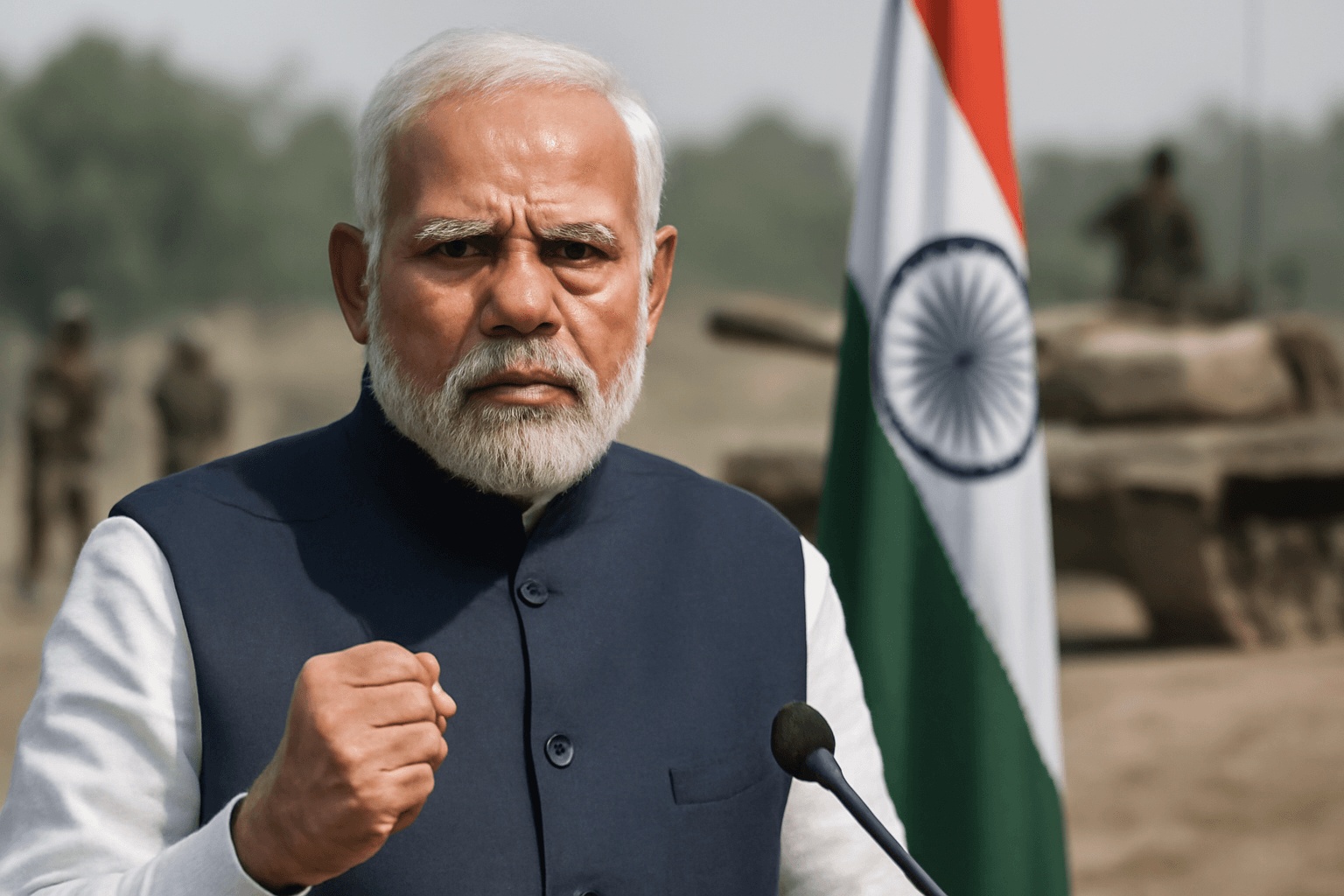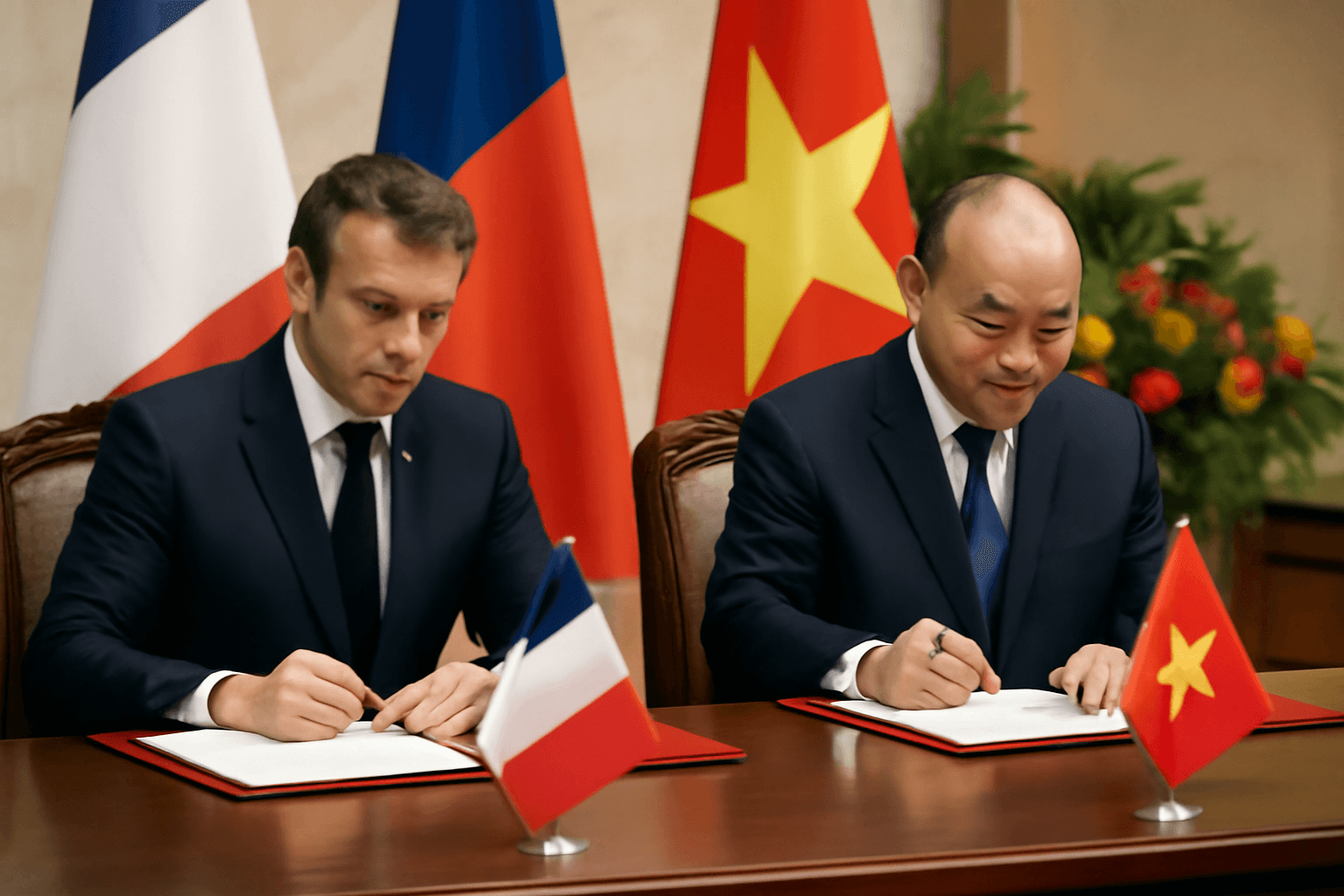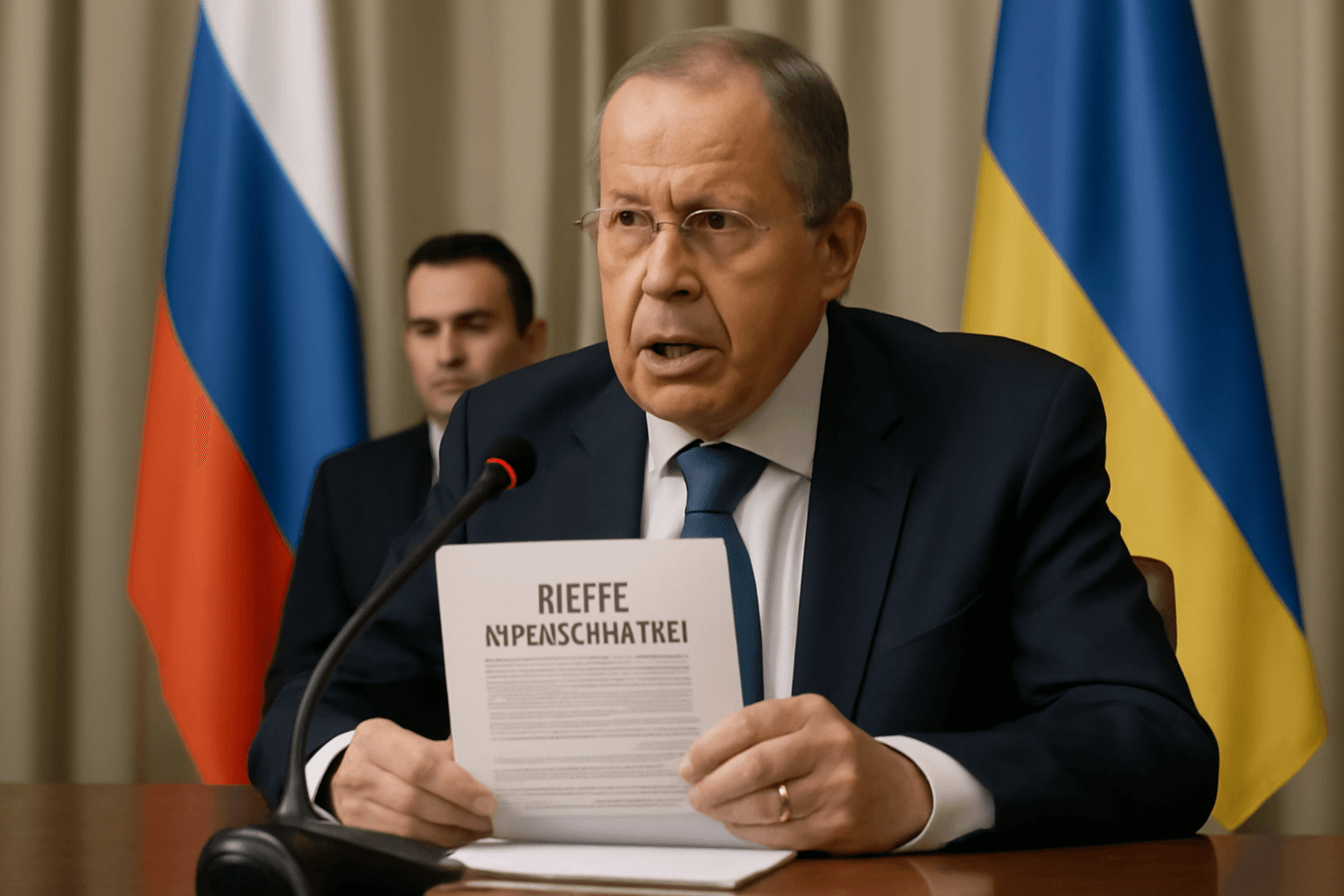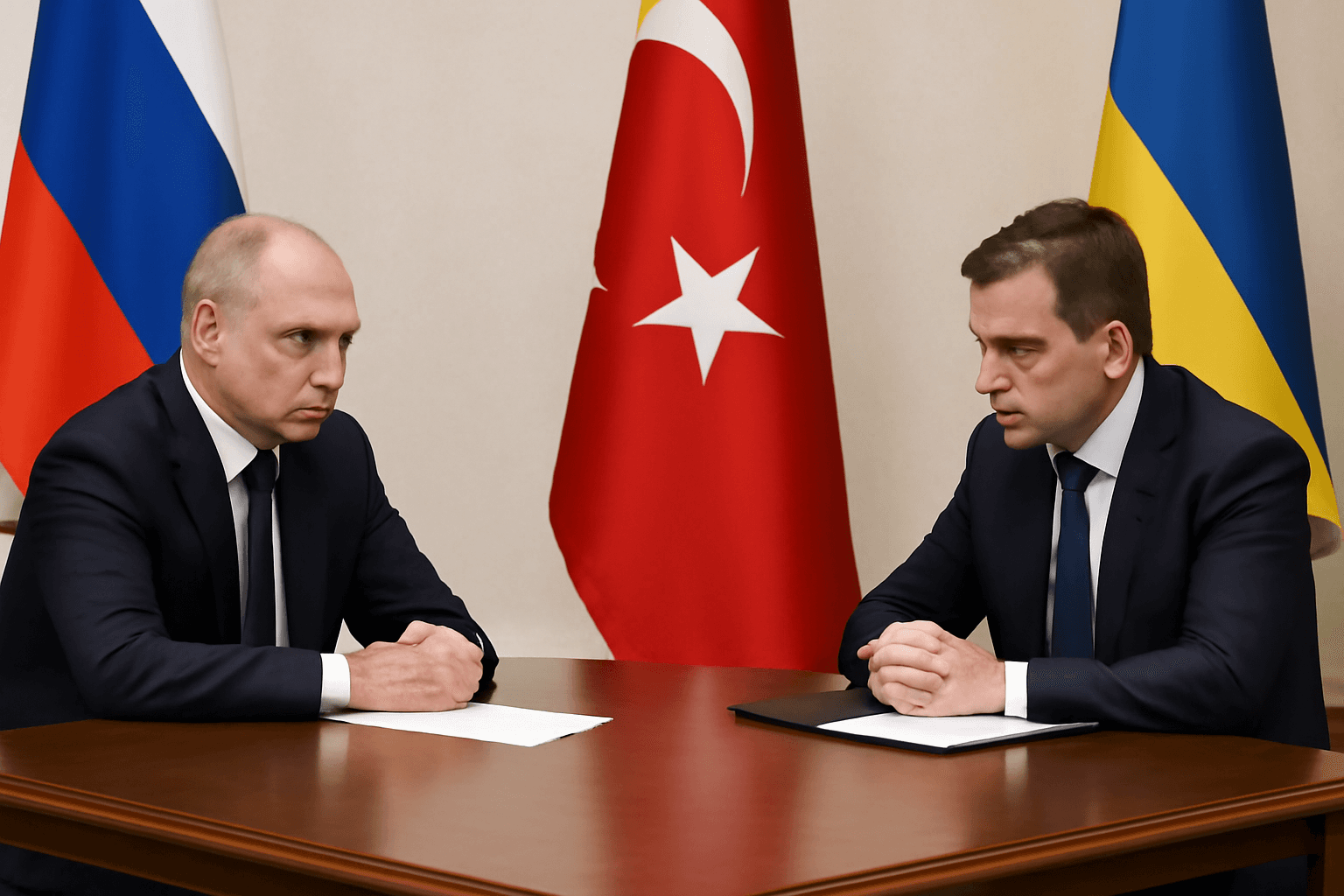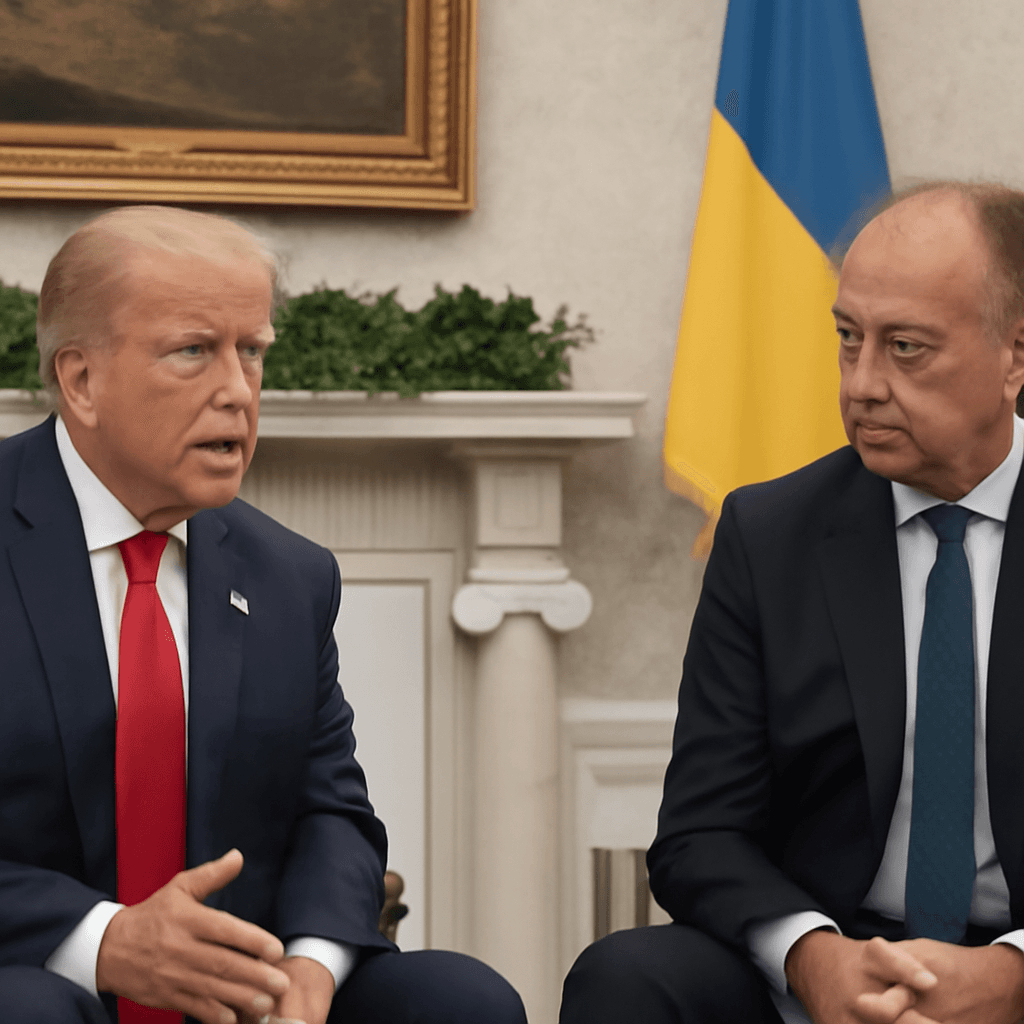NATO Considers Raising Defense Spending Target to 5%
NATO member states are poised to adopt a more ambitious defense spending target, with discussions underway to increase the benchmark from the current 2% of GDP to 5%. The move comes in response to escalating global security challenges, including Russia’s ongoing conflict in Ukraine and emerging threats from other geopolitical actors.
Recent Developments and Key Meetings
Defense ministers from NATO countries convened in Brussels on June 5, ahead of a major summit scheduled for June 24–25. The agenda focused on strengthening the alliance’s military capabilities, encompassing enhanced air and missile defenses, development of long-range weapon systems, and increasing ground forces.
U.S. Defense Secretary Pete Hegseth underscored the imminent nature of the spending increase, stating unequivocally that the shift to a 5% GDP defense spending target "will happen." This echoes earlier calls from U.S. leadership advocating for a higher financial commitment across the alliance.
Breakdown of the Proposed 5% Target
The proposed 5% target comprises two distinct components:
- 3.5% of GDP allocated to direct defense expenditures
- 1.5% of GDP focused on security infrastructure, including cyber defenses and intelligence capabilities
This framework reflects NATO’s expanded understanding of defense, recognizing the increasing importance of technology and cyber resilience.
Current Spending Landscape and Challenges
Defense spending has improved within NATO since 2018, when only six members met the 2% target. By 2024, 23 countries had reached or exceeded this benchmark. Notably, Poland, Estonia, Latvia, Greece, and the United States stand out as high spenders, significantly surpassing the 2% requirement.
However, several large economies, such as Canada, Spain, and Italy, continue to fall short. No member has yet achieved the 5% target, and some are anticipated to resist the increased financial obligation.
Country Commitments and Timelines
- The United Kingdom plans to elevate defense spending to 3% of GDP by 2034.
- Poland and Germany have publicly committed to meeting the higher target, with Germany recently reaching the 2% threshold in 2024.
- Spain, Italy, and Canada remain hesitant, with Canada’s 2024 defense spending at approximately 1.3% of GDP.
Importance of the New Target
Experts emphasize that increasing NATO’s defense expenditures is critical for maintaining strategic readiness against evolving threats. Commitment to the 5% goal is seen as vital not only for countering Russian aggression but also for addressing challenges posed by China, Iran, and North Korea.
Mark Montgomery, a defense policy analyst, highlights the need for comprehensive spending that includes investment in industrial base resilience, infrastructure protection, and cybersecurity alongside traditional military funding.
Outlook Ahead of the NATO Summit
NATO Secretary General Mark Rutte expressed confidence that the alliance will finalize the increased defense spending commitment during the upcoming summit. He acknowledged the United States’ full support and stressed the expectation for European and Canadian allies to increase their contributions accordingly.
Moreover, NATO’s ambassador to the United States affirmed that the summit will solidify these commitments, transforming them from aspirational goals into binding agreements. This reflects a strategic shift aimed at ensuring robust defense and security capabilities within the alliance.



